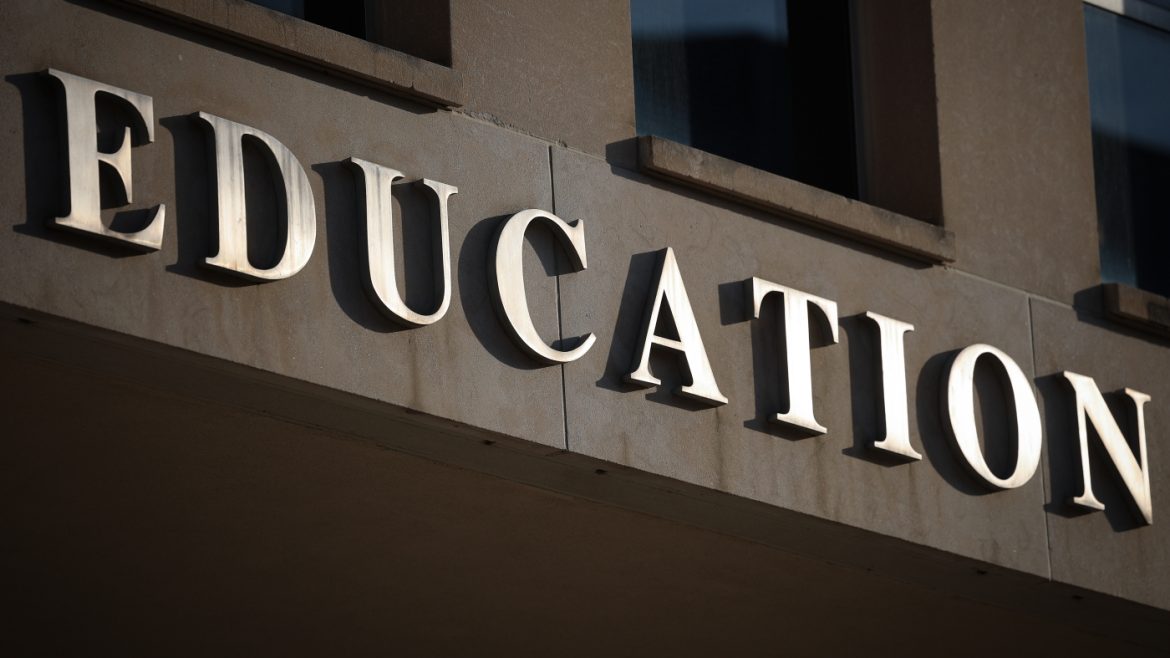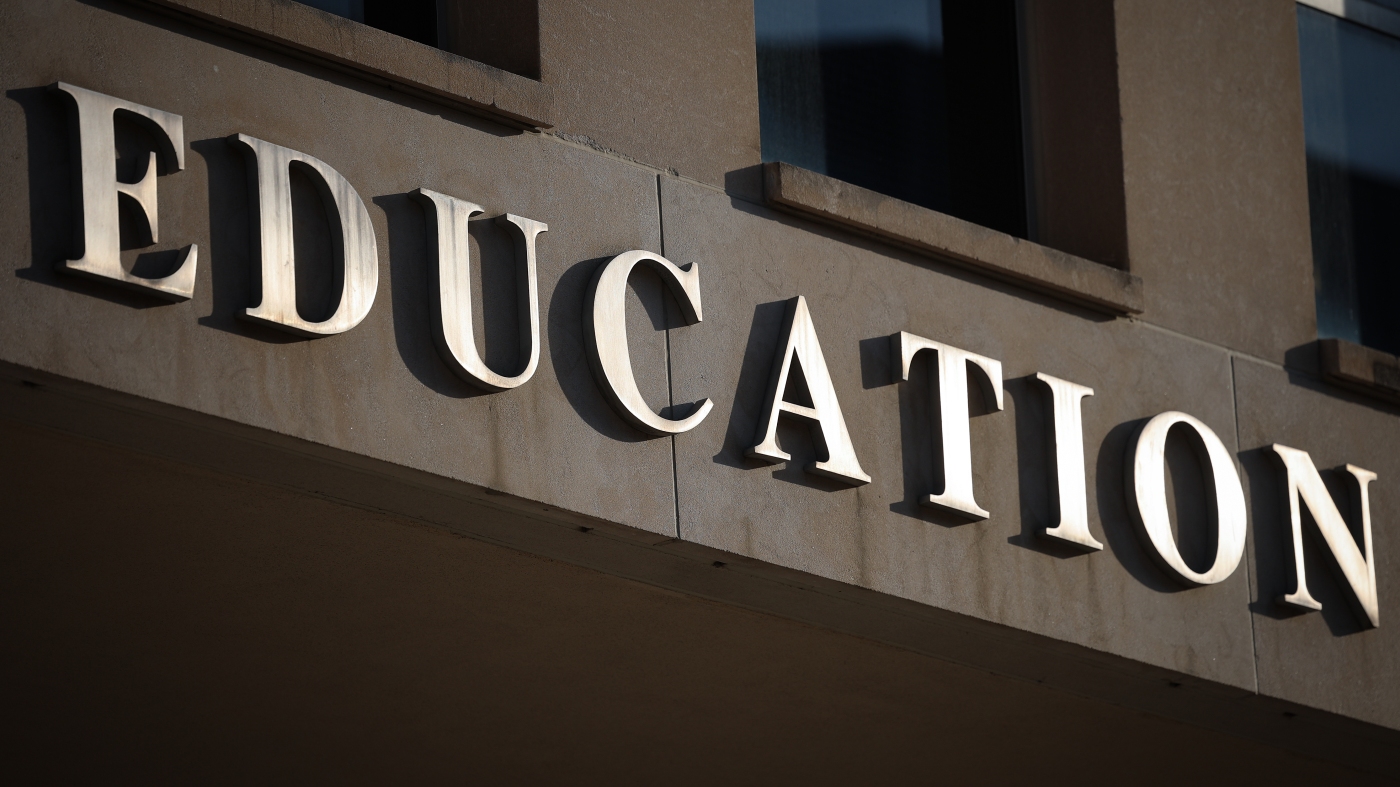The Judicial Pushback Against the Trump Administration’s Effort to Dismantle the U.S. Department of Education
The recent wave of federal judicial decisions blocking the Trump administration’s aggressive moves to dramatically restructure and reduce the U.S. Department of Education marks a significant legal and political confrontation. These rulings not only halt sweeping layoffs and the planned shutdown of the department’s functions but also underscore the judiciary’s role in maintaining constitutional limits on executive power, particularly regarding agency dismantlement without Congressional consent.
The Core Conflict: Executive Orders Versus Congressional Authority
At the heart of this dispute is President Trump’s executive order aiming to shut down the Department of Education, accompanied by plans to slash its workforce by nearly half, effectively gutting the agency’s operational capacity. The administration argued these cuts would render the department leaner and more efficient, framing it as a separate initiative from the Congressional prerogative to abolish a federal agency.
Federal judges have unanimously found this approach legally deficient. Notably, U.S. District Judge Myong Joun in Boston issued a preliminary injunction blocking the mass layoffs, ordering the reinstatement of more than 1,300 fired employees. The ruling emphasized that such a fundamental dismantling of a cabinet-level department requires legislative authorization, not unilateral executive action.
Legal Grounds and Judicial Reasoning
The judges cited constitutional principles and existing statutory frameworks, highlighting:
– Separation of Powers: The executive branch cannot unilaterally dismantle a federal agency established by Congress without legislative approval. This preserves the balance between the branches of government.
– Procedural Requirements: The layoffs and agency shutdown lacked appropriate notice and adherence to federal employment laws governing workforce reductions, including safeguards against arbitrary dismissals.
– Judicial Prudence: Courts intervened to prevent irreparable harm to workers and to maintain the continuity of critical services, such as federal education funding management and student assistance programs.
These rulings explicitly recognize that dismantling a department responsible for overseeing vast public education programs, funding, and civil rights enforcement has profound public policy and constitutional implications beyond administrative efficiency claims.
Broader Educational Policy Implications
Beyond structural dismantlement, the courts also blocked related Trump administration policies, such as:
– Cuts to COVID-19 Relief Funds: A judge blocked the cancellation of over $1.1 billion in unspent federal aid intended for K-12 schools’ pandemic recovery efforts.
– Withholding Funds Over DEI Initiatives: Multiple rulings froze attempts to strip federal funding from public schools based on their execution of diversity, equity, and inclusion (DEI) programs, citing First Amendment and statutory protections.
– Curtailment of Teacher Training Grants: Courts halted cancellations of millions in grants supporting educator development.
These decisions reflect a broader judicial rejection of administrative overreach in education policy, particularly when actions risk undermining educational equity, access, and support for vulnerable populations.
Political and Institutional Responses
The pushback has garnered strong endorsements from educational and civil rights groups, including the National Education Association and the American Civil Liberties Union. They have actively challenged the administration’s efforts as constitutionally unsound and harmful to public education infrastructure.
Conversely, government lawyers defended the administration’s moves as part of efforts to improve efficiency and fulfill campaign promises to reduce federal oversight in education. Yet judges remained unconvinced, underscoring that dismantling a federal department engaged in complex statutory responsibilities cannot be executed through executive fiat.
The Judiciary as a Gatekeeper
This series of rulings illustrates the judiciary’s critical role in balancing executive ambition against legislative mandates and protecting employees and citizens’ rights. Federal judges across multiple districts demonstrated a consistent willingness to intervene when fundamental structural changes are attempted without due process or constitutional legitimacy.
The restraint exercised by courts in blocking these layoffs and shutdown plans highlights:
– The necessity for governance through established legal processes.
– The protection of institutional continuity in essential public functions.
– The guarding of constitutional checks and balances in federal administration.
Conclusion: Legal Boundaries and Future Outlook
The federal courts’ blocking of the Trump administration’s executive order to dismantle the U.S. Department of Education sends a powerful message: fundamental changes to federal agencies require deliberative legislative endorsement and cannot be circumvented through executive orders alone. This judicial stance protects not only departmental employees but the millions of Americans who rely on the department’s programs and funding.
As the administration’s efforts face continuous legal hurdles, the episode underscores the importance of constitutional governance frameworks and the judiciary’s role in maintaining institutional integrity. Future reforms of such a critical federal department will necessitate collaborative engagement with Congress and careful adherence to the rule of law, rather than unilateral executive action.
The rulings have thus preserved a key federal institution in education and prevented a potentially disruptive and legally unsound overhaul, reaffirming the judiciary as an essential arbiter in maintaining the constitutional balance of power and safeguarding public education’s infrastructure.


